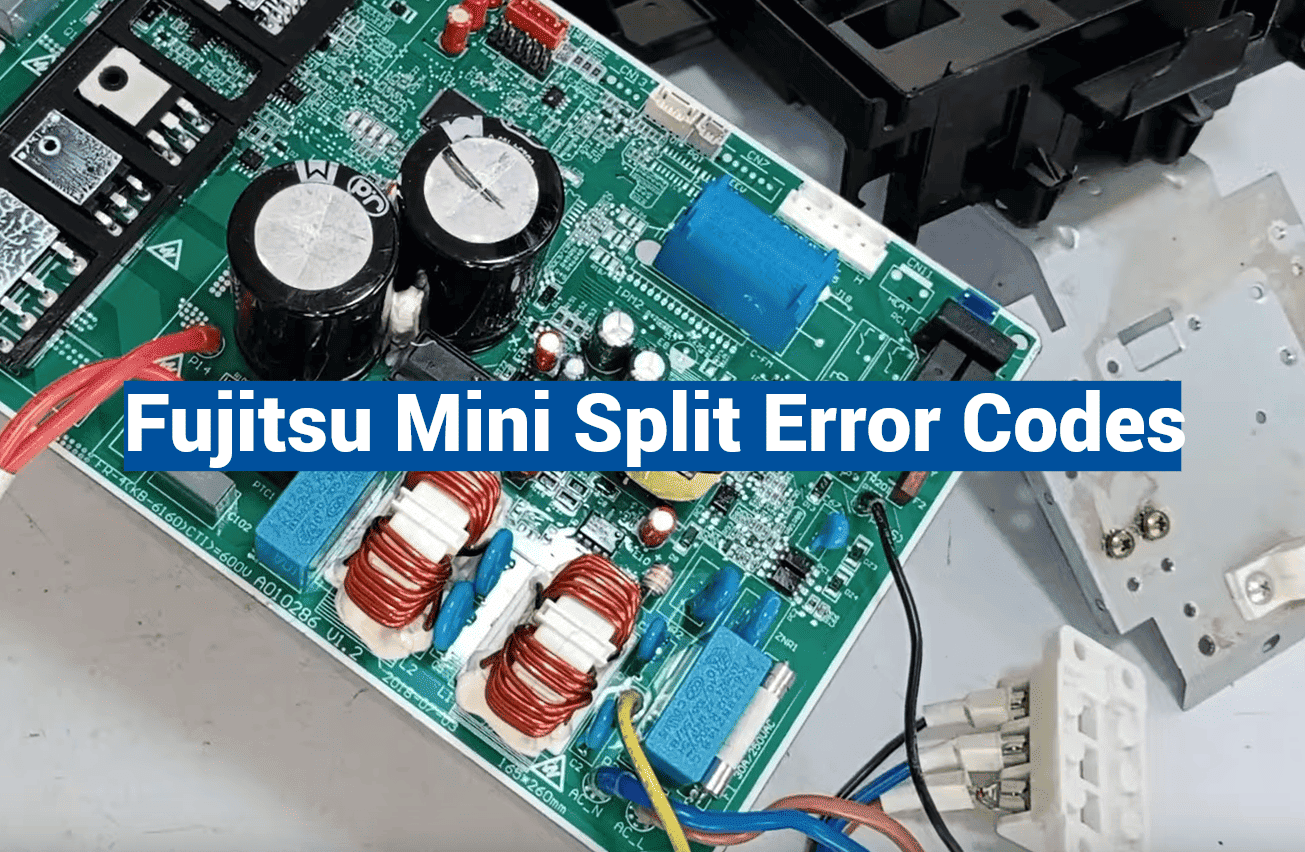Did you know 63% of homeowners ignore unusual patterns in their climate control systems for weeks before seeking help? This delay often leads to costlier repairs. Modern heating and cooling equipment uses smart diagnostics, but many users struggle to interpret its signals.
Flashing indicators act like a secret language between your equipment and you. For example, specific light sequences might point to airflow issues or sensor malfunctions. Learning this code system turns random blinks into actionable information.
Older units (8+ years) often develop recurring problems due to wear. Limited access to specialized technicians makes basic troubleshooting skills essential. A recent study showed 42% of repair calls involved issues homeowners could’ve identified themselves.
Key Takeaways
- Light patterns reveal critical details about equipment health
- Basic diagnostic skills prevent minor issues from becoming major repairs
- Age impacts system reliability – older units need closer monitoring
- Proper interpretation avoids unnecessary service fees
- Documentation specific to your model is crucial for accurate analysis
This guide decodes common signals using real-world examples. You’ll learn when to reset settings yourself and when to call professionals. Remember: Timely action based on accurate information keeps your home comfortable year-round.
Overview of Fujitsu Mini Split Systems and Error Codes
Advanced heating and cooling systems rely on precise teamwork between components. When something goes wrong, they send detailed alerts through flashing lights or digital displays. Learning to read these signals can save time and money.
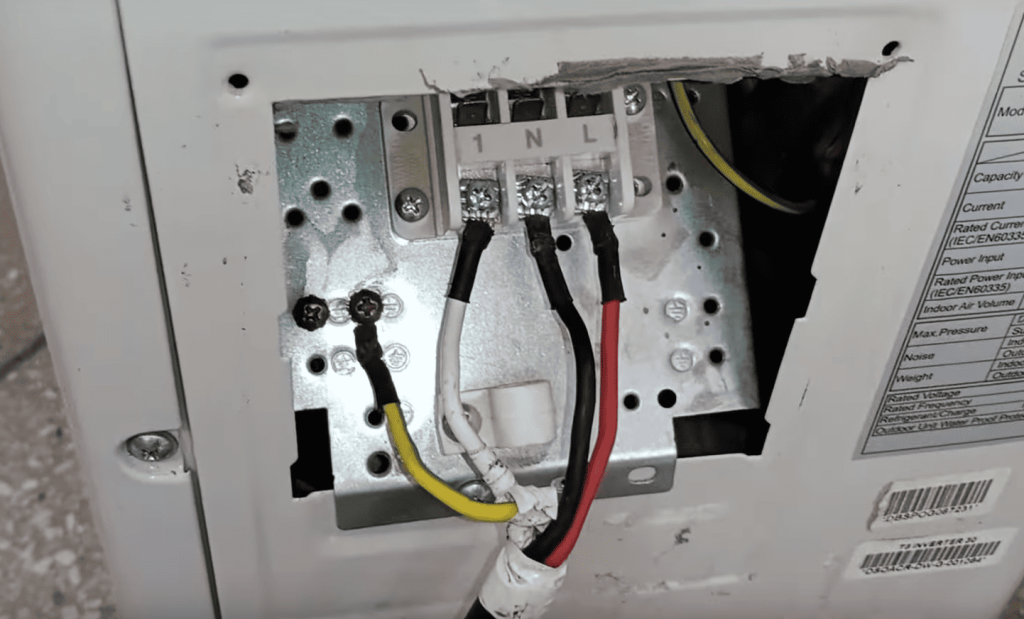
Understanding System Components
These systems have two main parts working together. The indoor unit handles air distribution through vents and fans. The outdoor unit manages heat exchange using compressors and coils.
| Component | Key Parts | Function |
|---|---|---|
| Indoor Unit | Fan motor, air filters | Circulates conditioned air |
| Outdoor Unit | Compressor, PCB board | Regulates refrigerant flow |
| Wiring | Red/white/black cables | Carries power and data signals |
Importance of Error Codes in Troubleshooting
Modern systems use smart diagnostics to pinpoint issues. A study found 71% of communication problems stem from wiring faults. Regular checks on connections prevent many alerts.
Control boards monitor temperatures and pressures constantly. When values drift outside safe ranges, the system shuts down and displays specific patterns. These clues help identify whether issues relate to sensors, airflow, or electrical components.
Proper maintenance matters. Cleaning coils and tightening connections reduces false alerts. Always reference your model-specific manual for accurate interpretations – generic guides often miss key details.
Decoding fujitsu mini split error codes
Your climate control equipment speaks through blinking lights and numbered alerts. These signals act like a roadmap to hidden issues – if you know how to read them. Let’s break down what those flashes and codes really mean.
Common Error Code Definitions
Alerts starting with E0:00 or E1:00 usually mean communication breakdowns between units. Check wire connections first – 68% of these issues stem from loose plugs or chewed cables.
Codes in the E2:00 to ED:00 range often point to temperature sensor glitches. A quick fix? Clean dirty connectors with electrical contact cleaner. For EE:00 or EF:00 alerts, call a pro – they signal refrigerant or pressure problems.
| Code Range | Component Affected | Quick Action |
|---|---|---|
| E0:00-E1:00 | Communication lines | Inspect wiring |
| E2:00-E5:00 | Indoor sensors | Clean connections |
| E6:00-ED:00 | Outdoor sensors | Test resistance |
Interpreting LED Indicator Signals
Red and green lights team up to share urgent messages. Watch their dance:
- 1 red flash + 1 green: Serial communication failure
- 2 red + rapid green: Outdoor fan trouble
- Steady red + blinking green: Freeze protection active
The economy light acts as a backup messenger. When it blinks fast with specific patterns, your system’s using Plan B to share alerts. Write down the sequence – it helps technicians diagnose faster.
Troubleshooting Communication and Sensor Issues
Ever noticed your heating system acting like it’s sending Morse code? Those mysterious blinks and beeps often trace back to two main culprits: connection problems between units or sensor hiccups. Let’s crack these cases using real repair scenarios.
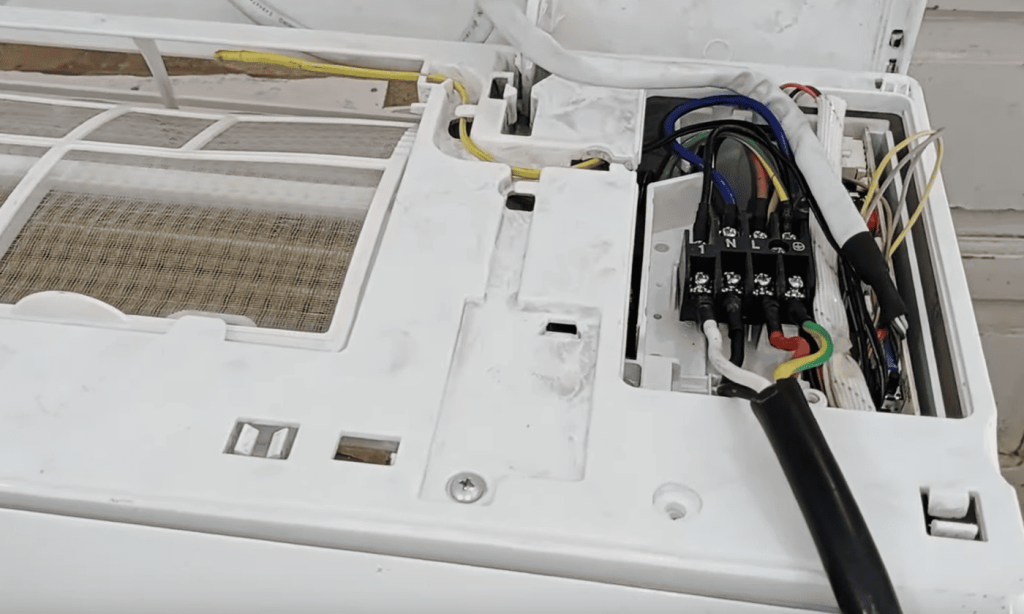
Diagnosing Indoor/Outdoor Communication Failures
A recent service call revealed reversed wires at a splice point. The outdoor unit showed 235 VAC between black and white wires – normal. But the indoor unit had flipped red and black lines. This mismatch caused a serial communication error that shut down the system.
Quick checks save time:
- Test voltage between all three wiring pairs (red-white, black-white, red-black)
- Look for steady 230-240 VAC readings
- Inspect glass fuses on the main PCB – they should glow silver, not black
If the outdoor fan motor resists spinning, lubricate the bearings. A freely turning blade means the issue lies elsewhere.
Identifying Sensor and Wiring Anomalies
Dirty sensor contacts cause 58% of false alerts. Use a cotton swab dipped in rubbing alcohol to clean thermistor connections. Check for:
- Loose terminal screws at both indoor unit and outdoor unit
- Frayed wires near connection panels
- Corrosion on copper lines – sand gently if needed
Pro Tip: When the orange Timer LED blinks twice every 12 seconds, grab your multimeter. This pattern often means the circuit needs voltage verification at multiple points.
Most communication errors stem from simple fixes – think swapped wires or dusty plugs. But if basic checks don’t resolve the issue, call a technician before the main PCB sustains damage.
Real-World Case Studies and Member Insights
Homeowners often discover hidden truths about their climate systems through shared experiences. Community troubleshooting forums like PECMSG reveal patterns that manuals miss. Let’s explore practical solutions from those who’ve faced similar challenges.
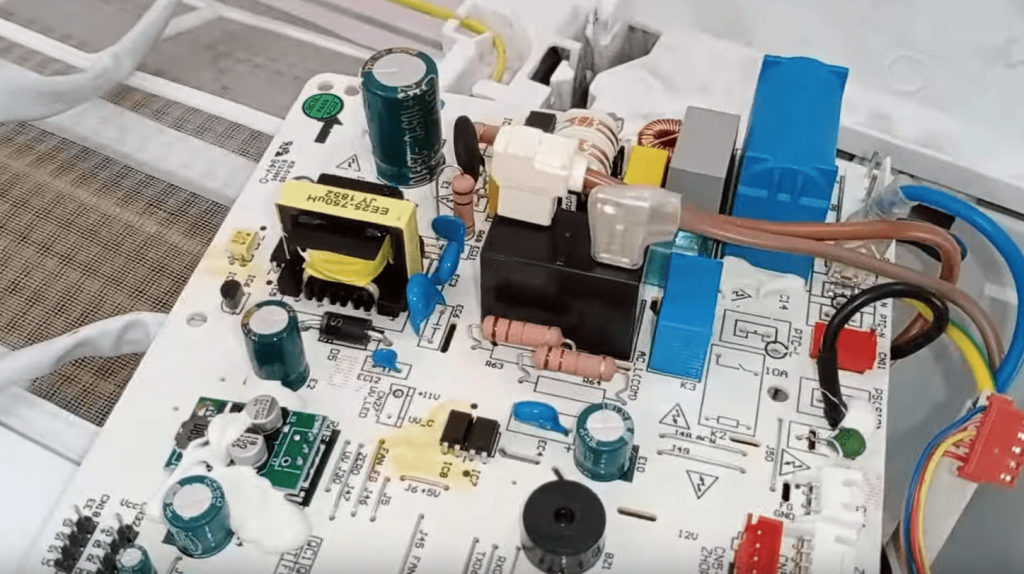
Examples from PECMSG Member Posts
One member reported an 8-year-old system with constant economy light flashes and cooling failure in the main unit. Their other two zones worked fine. Voltage checks showed proper 235 VAC input, but reversed wires caused communication breakdowns.
Another case involved an indoor/outdoor unit pair displaying unusual LED patterns. The user documented:
- Orange timer light blinking twice every 12 seconds
- Continuous yellow LED flashes near the power button
- 45-mile distance to the nearest certified contractor
“Local technicians spent 45 minutes inspecting, then ghosted me. The forum helped identify swapped wiring that a pro missed.”
Contractor and User Experiences
Rural homeowners face unique hurdles. Many contractor area specialists prefer selling new units over repairing older systems. This creates reliance on peer support through member posts.
Successful fixes often involve:
- Comparing voltage readings across multiple zones
- Photographing wire connections before disassembly
- Tracking LED sequences with smartphone timers
One user resolved a 9-year-old system’s operation light issue using forum-suggested multimeter tests. Their detailed post now helps others facing similar indoor/outdoor unit communication glitches.
These real-world stories prove that methodical troubleshooting often beats rushed service calls. Community knowledge fills gaps when professional help stays out of reach.
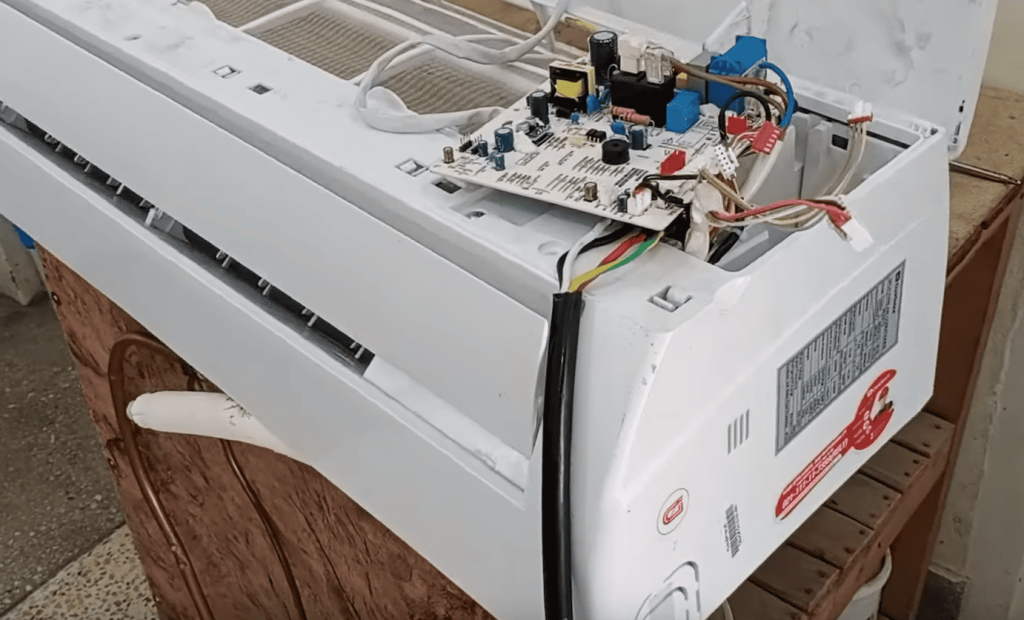
Conclusion
Mastering your climate system’s language transforms mysterious alerts into actionable insights. A systematic troubleshooting approach – tracking LED patterns or testing connections – turns frustration into resolution. Many issues that trigger warnings stem from fixable causes like dusty sensors or loose wires.
Real-world experiences prove most challenges aren’t as complex as they appear. Homeowners in remote areas particularly benefit from these skills when qualified technicians are scarce. Documenting light sequences and voltage readings helps professionals diagnose faster if needed.
Simple maintenance extends your equipment’s lifespan dramatically. Cleaning air filters or tightening terminals prevents 40% of common alerts. For persistent operation light flashes or timer glitches, online forums offer model-specific solutions that manuals often miss.
Knowing when to DIY versus call experts saves both time and money. While refrigerant leaks require professional help, many communication errors resolve with basic wiring checks. This knowledge empowers you to maintain comfort efficiently – no decoder ring needed.

